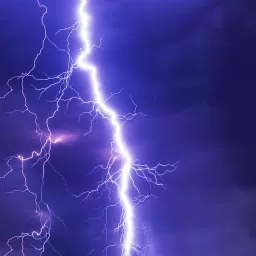Electrical Contactor Connection and Wiring
What is Electrical Contactor?

Contactor Terminals and Contacts

Contactor Connection Procedure
Contactor connection with Push Button Switch

Contactor connection with Indication Lamps





Do you want to prevent fraud and fake orders on your WooCommerce store? Fraud and fake orders can cause serious…
9 Reasons Why Business Owners Should Go for PHP Web Development Services Business – small or large – now flourishes…
How to Rebuild the Windows Driver Database Sometimes, a trouble-free device can not work after you install or update its…

Cheap Cricut Cartridges – Memory Makers The availability of cheap Cricut cartridges is in part responsible for turning the art…

Is Django Good for Web Development? Web development and the 21st century: In the 21st century if something has crossed…
What are the differences between LED chips ? Which type should I choose? LED strip lighting can be manufactured using a…
Do you want to embed a Facebook video in WordPress? The videos that you post to Facebook also make great…
I don’t know if you have realized, but there are thousands of different hosting companies – all offering a different…
Wiring harness comes in various options today as per their different areas of application. Read on to know more about…
Computer Hacking Computer hacking is defined as any act of accessing a computer or computer network without the owner’s permission….
Electrical Cable basics You must Know Before you take on your next home wiring project, arm yourself with basic information…

A Guide to Building Websites That Work Caution: If you are looking for “Get-Rich-Quick,” close this page. You are at…
LED headlights prices in Egypt 2022 The headlight industry has developed in the recent period, as it has been provided…

Google Panda, in a Nutshell Google Panda, launched in February 2011, is a relatively new development by the company to…
The difference between alternating current and direct current The difference between alternating current and direct current The difference between alternating…
